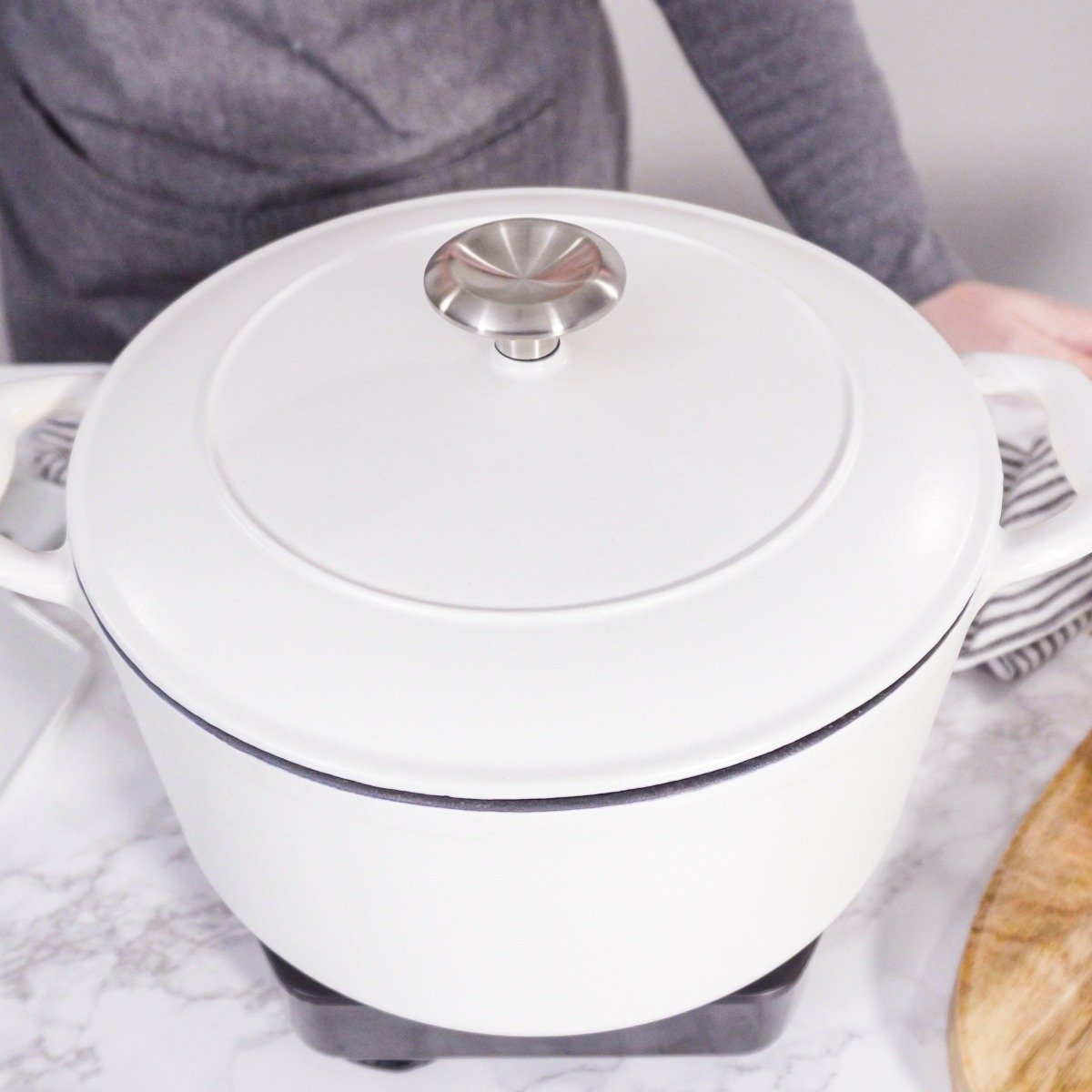
Have you ever wondered about the age-old debate between using a Dutch oven vs Instant Pot? As someone who loves experimenting with various kitchen gadgets, I’ve delved into both to uncover their unique advantages.
While a Dutch oven charms with its traditional craftsmanship and ability to impart rich flavors through slow cooking, the Instant Pot dazzles with its modern convenience and lightning-fast meals, with flavorful meals that will have guests streaming to your house for more!
Join me as we explore the main differences between these kitchen powerhouses and discover which one might become your go-to for delicious home-cooked meals.
Jump to:
Dutch Oven Vs Instant Pot: Which One Is Right for You?
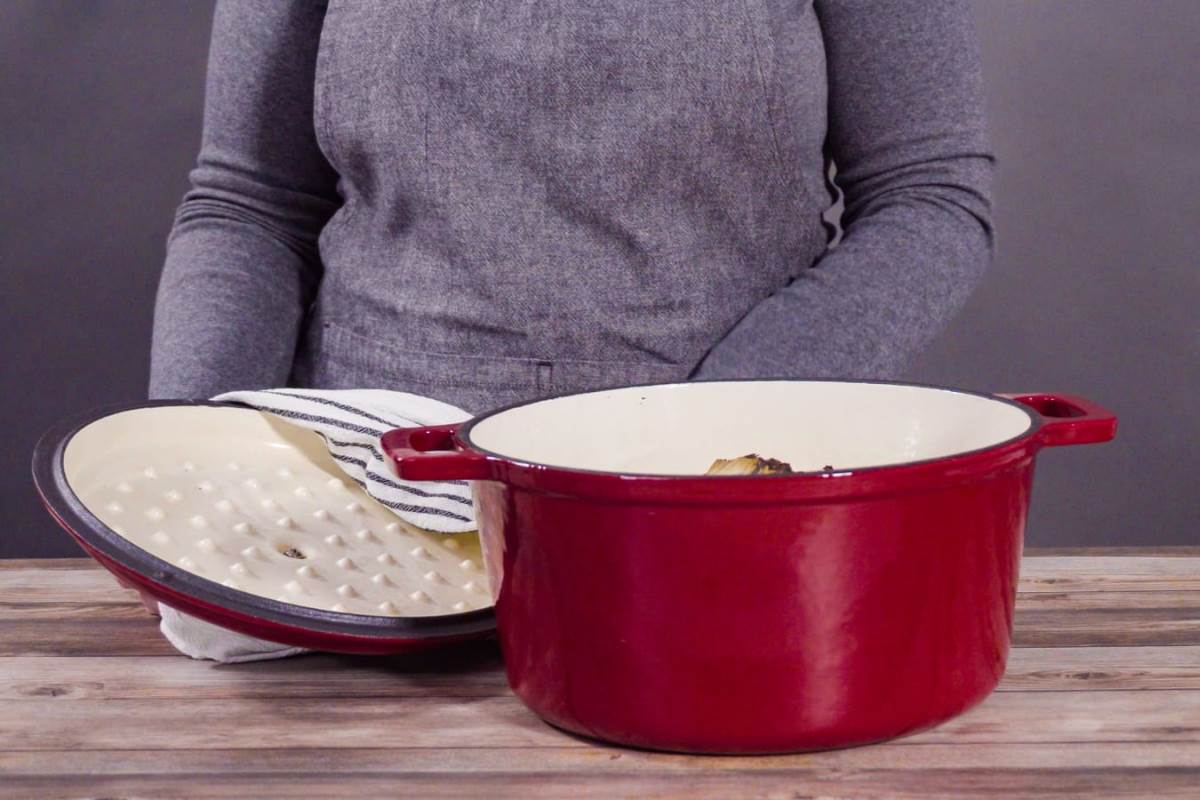
Are you torn between a Dutch oven and an Instant Pot? I get it. Unlike a regular pot, both the Dutch oven and Instant Pot offer unique features that cater to different cooking needs. Both are kitchen powerhouses, but they serve different purposes:
Defining Dutch Ovens and Instant Pots
Dutch Oven: A classic Dutch oven is a stoneware expert, built to perfection with a tightly fitting lid, available in traditional enameled designs or retro-style inspirations, making it an oven alchemist that knows no boundaries, easily transitioning from stovetop to oven settings.
Instant Pot: The secret to cooking delicious meals quickly lies in the Instant Pot, an electric pressure cooker that can also function as a slow cooker, rice cooker, and more. Unlike a stovetop pressure cooker, the Instant Pot is an electric appliance that offers additional functionalities such as slow cooking and rice cooking.
With its ability to generate high pressure, cooking times are significantly reduced, allowing you to prepare a wide range of dishes with ease.
Comparing Cooking Capabilities
When comparing cooking capabilities between a Dutch oven and an Instant Pot, both offer distinct advantages based on cooking methods and versatility.
A Dutch oven excels in slow cooking and braising, perfect for dishes that benefit from long, gentle simmering to develop deep flavors and tender textures. It's ideal for preparing stews, roasts, and artisanal bread with its ability to distribute heat evenly and retain moisture.
On the other hand, an Instant Pot shines in its efficiency, combining multiple cooking functions like pressure cooking, sautéing, and even yogurt-making into one appliance.
It's perfect for those seeking quick meals without compromising flavor, making it suitable for busy weekdays or last-minute dinner plans. Each has its strengths, ensuring delicious results every time!
Considering Convenience and Ease of Use
The convenience of Instant Pots can't be beaten, as these cookers literally let you "set it and forget it." No experience is necessary, as these user-friendly devices take the hassle out of meal prep.
Dutch ovens require a higher level of attentiveness and oven-fresh savvy, but the payoff is a cooking process that allows for precision control.
Cooking Techniques and Recipes for Dutch Ovens
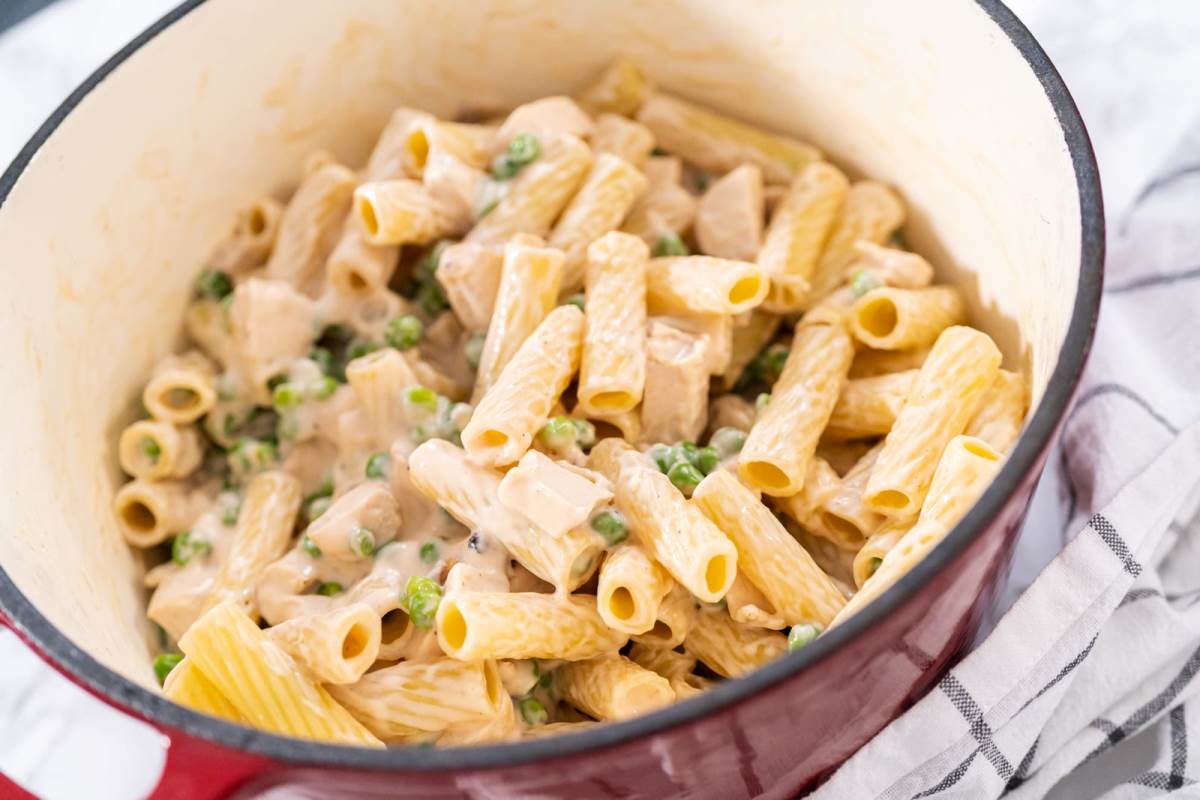
Below we will list some of the main features of Dutch Ovens:
Braising and Stewing
There's something special about cooking up a hearty, comforting beef stew or braising tender short ribs in my Dutch oven. It's a sensory experience that never fails to hit the spot.
It's a little-known secret that tough meat can actually become tender and full of flavor with the right cooking technique. Braising is all about infusing those lean cuts with rich, velvety goodness.
Baking Bread and Desserts
New treats have emerged from my adventurous endeavors: crispy cobblers, flavorful crisps, and moist cakes. With my reliable oven, evenly cooked baked goods are guaranteed, while the thick walls shield against scorching.
Searing and Sauteing
Searing and sautéing in a Dutch oven is ideal for locking in flavors and developing rich, caramelized surfaces on meats and vegetables. Its even heat distribution ensures golden-brown perfection for delicious dishes.
Related: How to Saute in Instant Pot Multicookers
One-Pot Meals
Speaking of one pot, Dutch ovens are perfect for cooking entire meals. Fewer dishes, more deliciousness. When it comes to satisfying my cravings, I often find myself drawn to dishes like chili, jambalaya, and pizza.
Instant Pot Cooking Methods and Meal Ideas
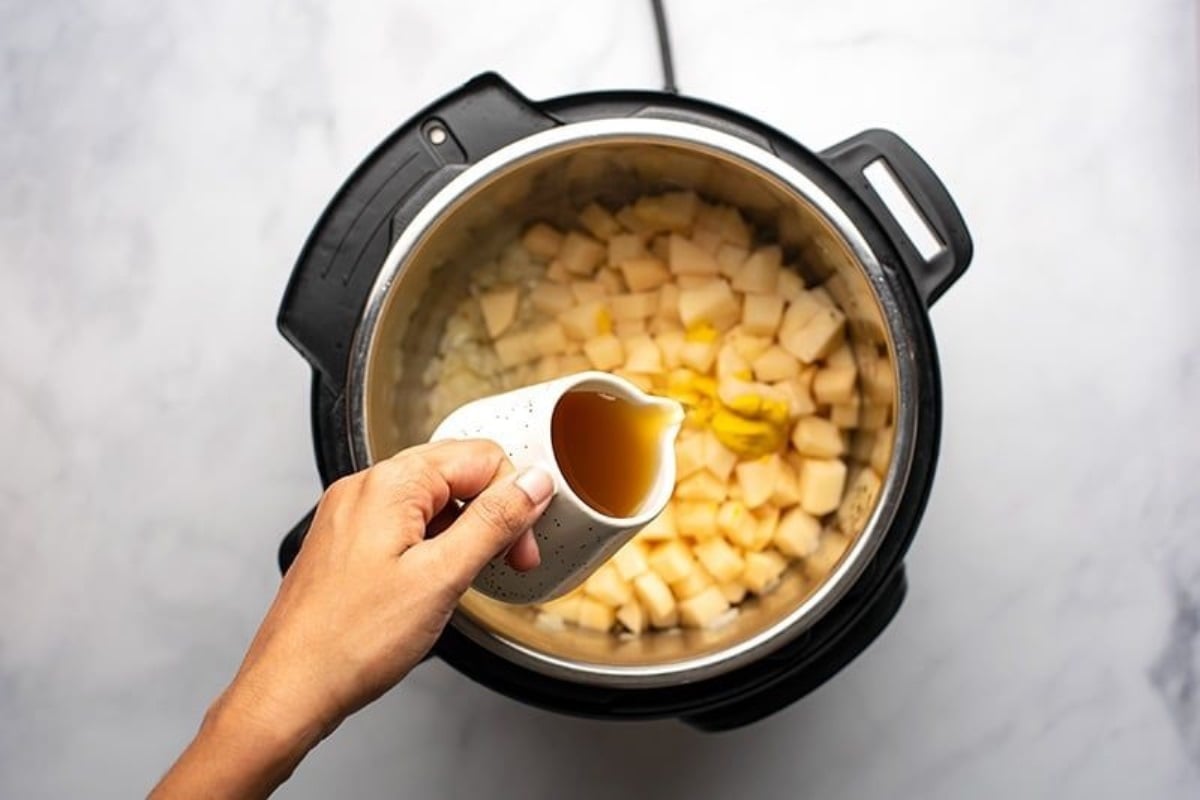
While Dutch ovens are my low-and-slow loves, Instant Pots are my speedy, trusty sidekicks. Here's how I use mine:
Pressure Cooking Basics
Think of steam pressure as the Instant Pot's secret ingredient. When combined with the right techniques and ingredients, it can create meals that are not only delicious but also remarkably easy to prepare!
Not only that, the time factor is one to consider as Instant Pot pressure cookers speed up the cooking time significantly when compared to other traditional cooking methods.
Related: 9 Common Instant Pot Mistakes And How To Avoid Them
Slow Cooking Functions
Most Instant Pots also have a slow cooker function, so you can use them like a traditional slow cooker.
Simmering tender meats or chunky stews benefit from the gentle heat of slow cooking. Keep in mind that cooking times may vary when switching from traditional stovetop or oven methods.
Making Soups and Stews
Instant Pots are soup and stew superstars. Pressure cooking extracts tons of flavor in a fraction of the time.
I love making creamy chicken wild rice soup, fish stew, and beef stew in mine. The Instant Pot's saute function is also clutch for browning ingredients before pressure cooking.
Cooking Rice and Grains
The Instant Pot excels at producing perfectly cooked rice, quinoa, and farro. Where most appliances force you to invest in separate machines for each grain type, the Instant Pot's capabilities make it the true winner in convenience wins.
I use the rice function for foolproof grains every time. You can also cook dried beans in way less time than stovetop cooking.
Don't miss out! Also read: What Size Instant Pot Do I Need? - A Comprehensive Guide
Factors to Consider When Choosing Between a Dutch Oven and Instant Pot
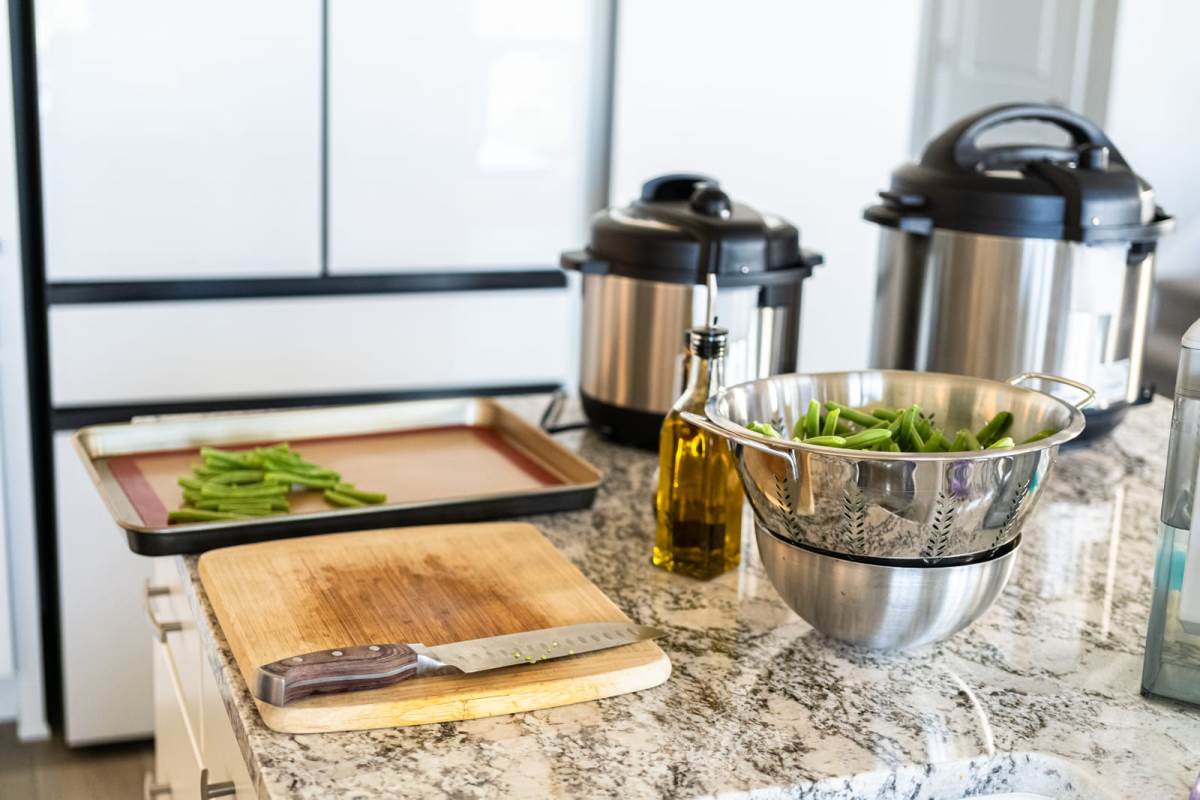
In the no-holds-barred battle between Dutch Ovens and Instant Pots, size is perhaps the most pressing issue. What can your chosen vessel hold? Will it welcome your soup for one or are you able to cook for multiple guests and functions?
Size and Capacity
Dutch ovens come in a range of sizes, from compact 1-quart models to massive 13-quart behemoths. For most households, a 5 to 7-quart Dutch oven hits the sweet spot, offering ample space for hearty stews, braised meats, and even crusty loaves of bread.
In deciding between a Dutch oven and an Instant Pot, consider what you typically cook and how many people you're usually feeding. Instant Pot capacity options range from 3 to 8 quarts, with larger sizes offering more flexibility but also occupying more storage space.
Versatility and Flexibility
While Dutch ovens are prized for their ability to seamlessly transition from stovetop to oven, Instant Pots take adaptability to the next level. These multi-cookers can pressure cook, function as slow cookers, saute, steam, cook rice, and even make yogurt - all in one convenient appliance.
If you're a fan of low-and-slow cooking, a Dutch oven is a classic choice. It excels at braising, simmering, and roasting, and its heavy weight and tight-fitting lid create the perfect environment for moist, tender dishes. But if you crave variety and the ability to cook meals quickly, an Instant Pot may definitely be the way to go!
Durability and Longevity
When investing in cookware, you want pieces that will stand the test of time. Dutch ovens, particularly those made of high-quality cast iron like Staub, are known for their durability. With proper care, a Dutch oven can be a cherished kitchen companion for decades, if not generations.
Instant Pots, while not as long-lasting as their cast-iron counterparts, are still built to withstand frequent use. Most models come with stainless steel inner pots and have sturdy, well-constructed housing. However, as with any electric appliance, there is the potential for component wear and tear over a long period of time.
Related: Is Air Fryer Healthier than Oven: Deep Dive and FAQ
Price and Value
Of course, budget is always a factor when selecting cookware. High-end Dutch ovens from brands like Le Creuset can set you back hundreds of dollars, although more affordable options are available. Instant Pots, on the other hand, typically range from around $50 to $200.
Consider the value each appliance offers in terms of its features, cooking capabilities, and how often you plan to use it. If you're an avid home cook who loves to experiment with different cooking techniques, investing in both a Dutch oven and an Instant Pot may be worthwhile.
But if you're on a tighter budget or have limited kitchen space, prioritize the appliance that best aligns with your cooking style, budget, and needs.
FAQ's
No, a Dutch oven does not operate at the higher pressure levels of an Instant Pot, which is designed specifically for fast cooking under pressure to save time.
Both excel in one-pot cooking, but a Dutch oven is ideal for slow-cooked dishes over several hours, while an Instant Pot is quicker for meal-ready dishes with less time.
A Dutch oven provides even heat distribution suitable for searing and sautéing, while an Instant Pot uses higher pressure and heat settings for faster cooking.
Conclusion
When it comes to the Dutch oven versus the Instant Pot debate, there's no clear winner. Both appliances have their strengths and weaknesses, and the best choice for you ultimately depends on your cooking style, preferences, and lifestyle. The choice remains yours.
Happy Cooking!


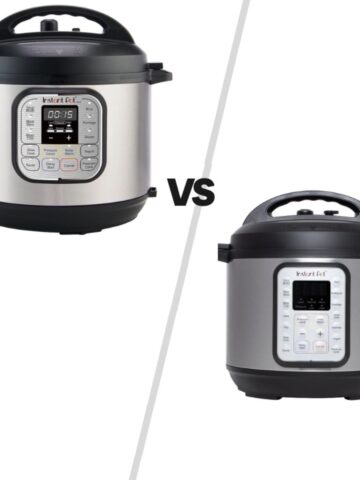
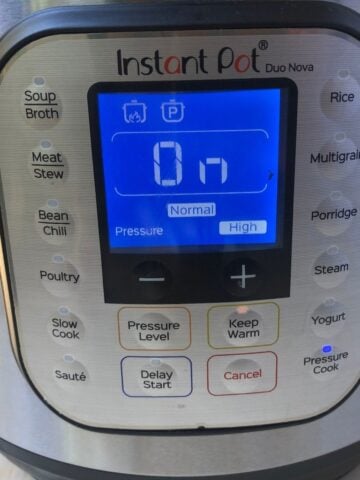
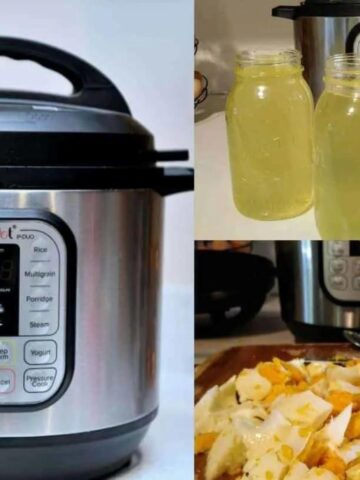
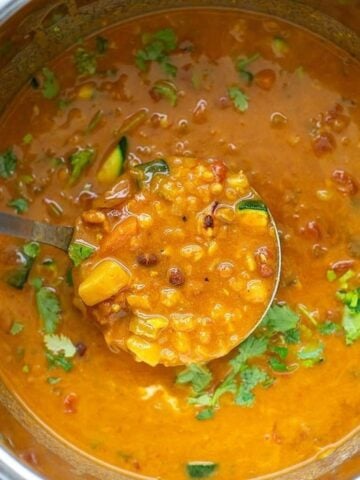

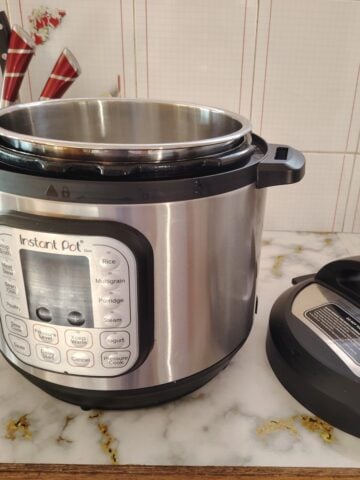
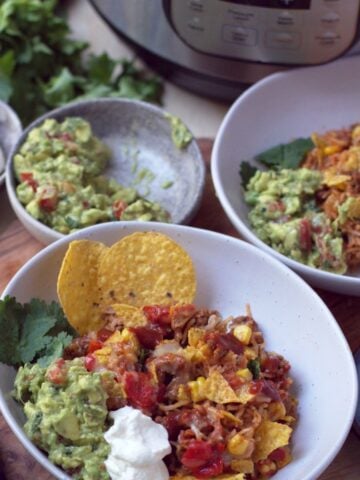
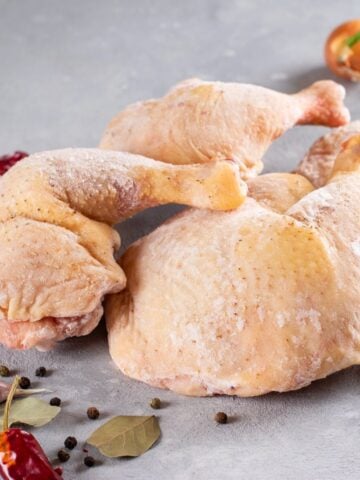
Leave a Reply